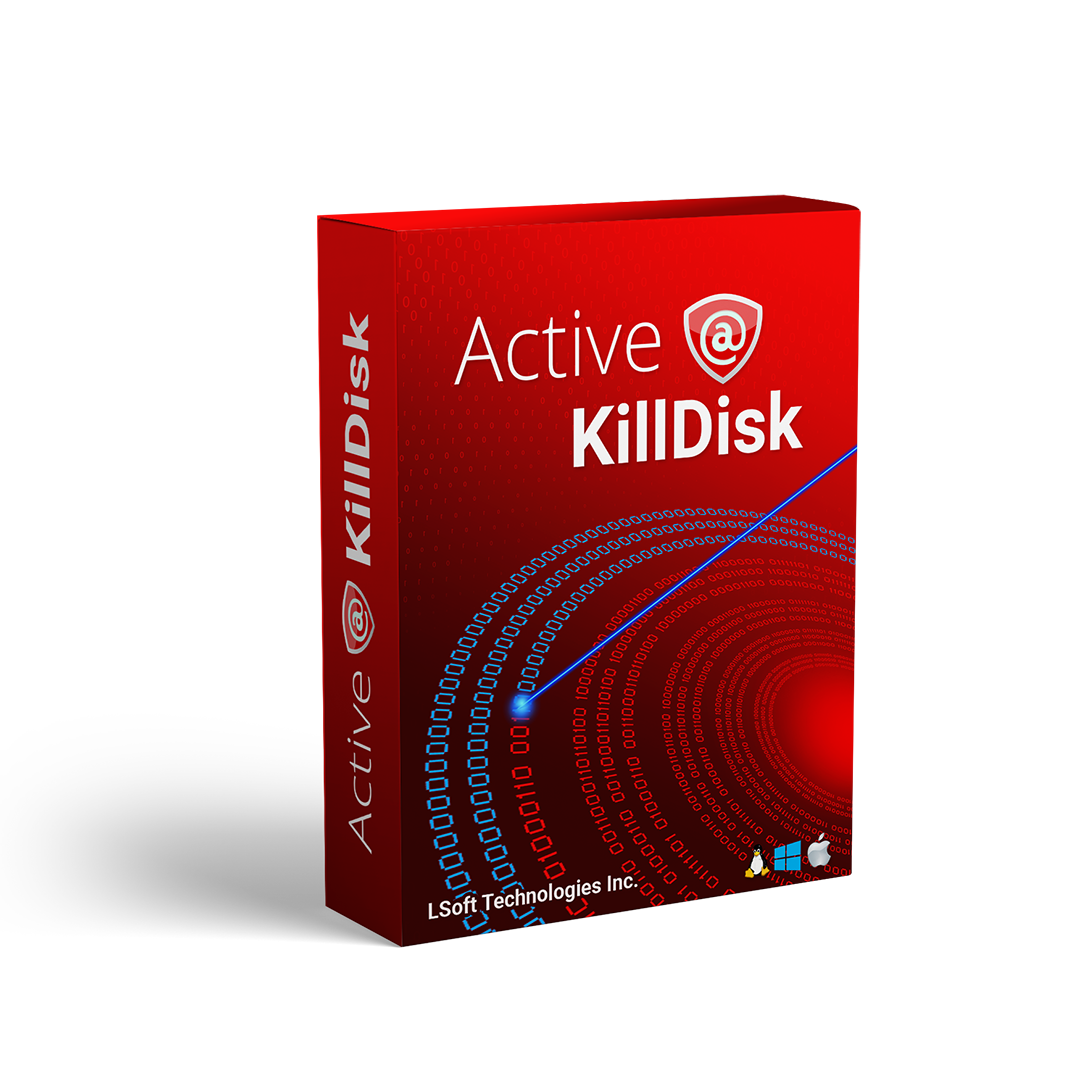The Hidden Cost of Outsourcing Data Sanitization — Why Smart Companies Bring It In-House
Introduction
The Hidden Cost of Outsourcing Data Sanitization — Why Companies Should Bring It In-House Every year, enterprises must securely erase data from retired hardware. Many outsource this to IT Asset Disposition (ITAD) vendors, lured by low per-drive prices. However, what seems cost-effective often hides hidden expenses and risks that can be much higher. Bringing data sanitization in-house can reduce costs, lower risks, and improve control.
The Actual Cost of Outsourcing
Outsourcing may cost around $15 per drive, but this is only about 15% of the total. The other 85% includes logistics, chain-of-custody management, delays, liability, and compliance costs—hidden expenses many organizations overlook.
Case Study: Morgan Stanley
In 2016, Morgan Stanley outsourced data wiping, but the vendor failed, leading to a leaked client data sale. The fallout cost over $150 million in fines and lawsuits—highlighting how outsourcing can result in catastrophic consequences without proper controls. Growing Risks of Third-Party Breaches • 36% of breaches come from third parties. • Breaches go undetected for 26 days, increasing damage. • The average breach costs $4.88 million and is rising. With tighter regulations, control over data sanitization is more critical than ever.
A Smarter Solution: In-House Sanitization
Using dedicated software like LSoft KillDisk Industrial, organizations can process 100–200 drives simultaneously, eliminating recurring vendor fees and liability issues. This provides immediate verification, certifications, and faster processing—cutting downtime from weeks to days and offering quick ROI.
Financial Benefits
For processing 1,500 devices annually, in-house sanitization can save over $70,000 annually, with ROI in just three months. Larger volumes can yield ROI up to 568% over three years, with faster processing and less labor.
Conclusion
Outsourcing might seem easier initially but incurs hidden costs and risks. In-house data sanitization offers better control, cost savings, and compliance. With rising cyber threats and strict regulations, managing data destruction internally is vital for enterprise security and resilience.

